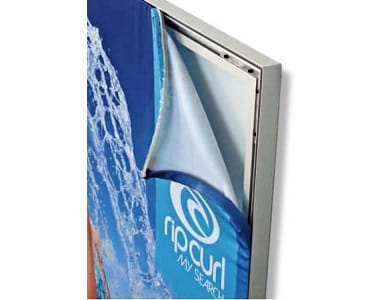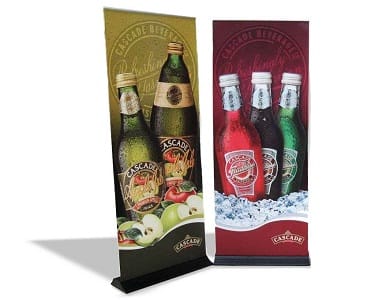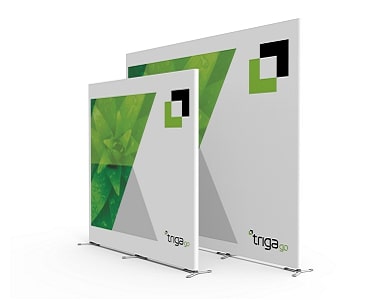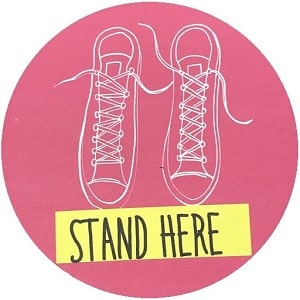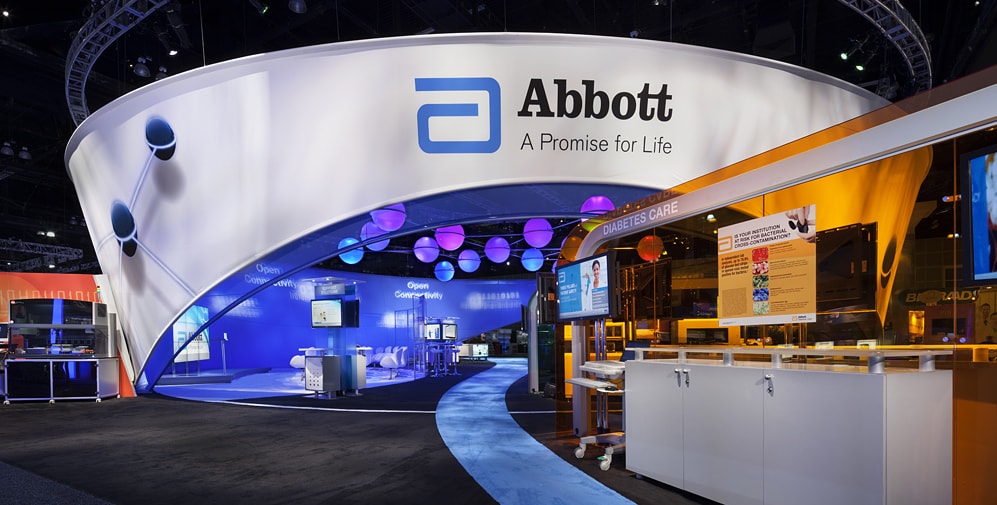
The event organiser’s job is to get attendees to the show. Their job isn’t to get attendees to your booth. It is your job to get them to your booth.
Most exhibitors count on hope marketing where they show up and hope leads come pouring in. If the exhibitor isn’t scheduling meetings and spreading the message about their booth, that’s what I call hope marketing. It is almost similar to opening a retail store in a shopping mall and hope shoppers walk by and into your store.
On the other hand, successful exhibitors know they have to compete to get a slot on the attendees’ agenda. They also know it is about building brand awareness in the attendees’ minds with the goal of increasing their chances of getting them to visit their booth.
The Center for Exhibition Industry Research (CEIR) found that 76% of attendees use pre-show information to schedule their agenda. Exhibitors are also competing with conference sessions, other exhibitors, and with outside attractions (especially in tourist destinations like Orlando or Sydney).
Most first-time exhibitors assume after registering the booth space and buying the exhibition stand that is the end of it. All they have to do now is show up.
Speaking from past experiences, when a marketing channel becomes too saturated, it becomes a pay-to-play market. For example, Amazon, most eCommerce stores assume that just being on Amazon is enough. However, today more and more eCommerce stores that are on Amazon are advertising on Amazon itself to get shoppers to buy from them. This is what is happening to trade shows especially the more popular ones like CeBit and CES where pre-show marketing becomes a necessary investment towards a successful trade show.
85% of exhibitors use pre-show marketing
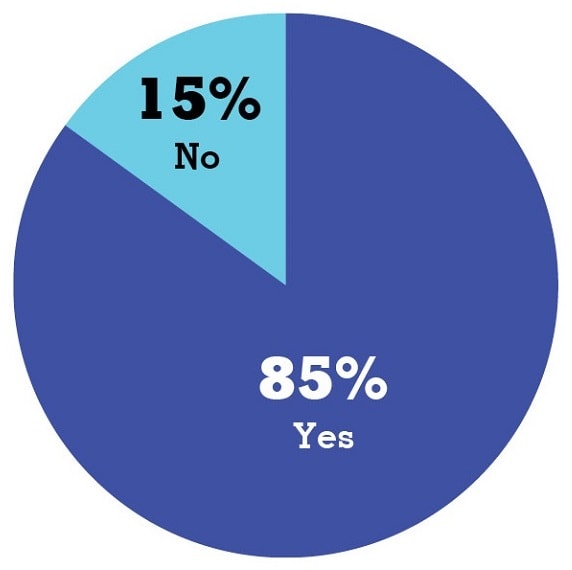
80% of exhibitors allocate less than 5% of their budget towards pre-show marketing
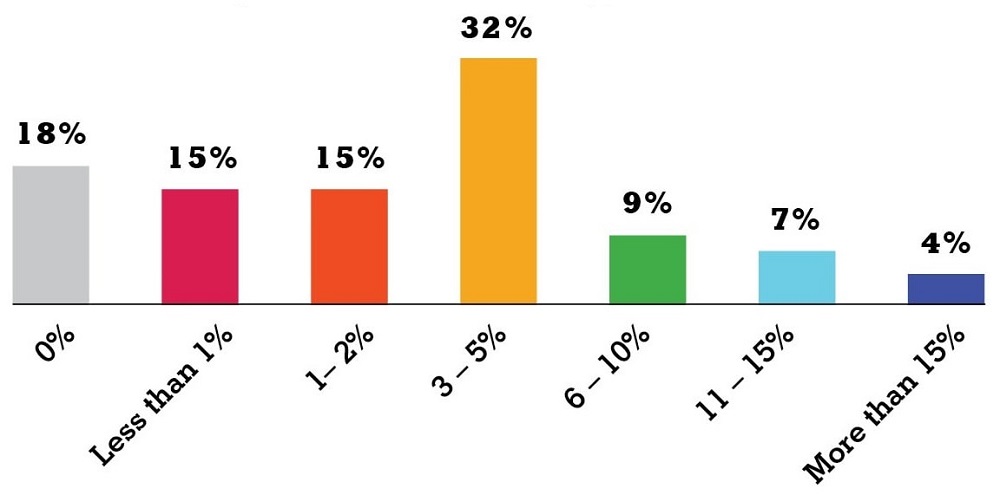
80% of exhibitors allocate less than 5% of their trade show budget to pre-show marketing. Only 11% allocate more than 10% of their trade show budget to pre-show marketing.
71% of exhibitors are spending more on pre-show marketing
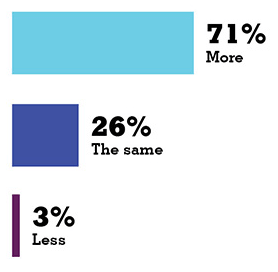
The #1 reasons – 82% of exhibitors experienced increased booth traffic because of pre-show marketing
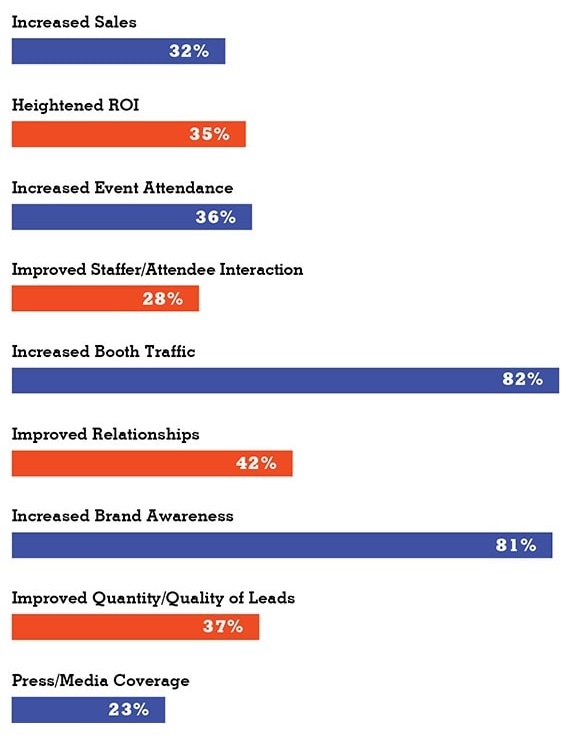
8 out of 10 exhibitors said pre-show marketing resulted in increased booth traffic and increased brand awareness.
A study by Deloitte study also found that exhibitors who conducted pre-show marketing campaigns found that their conversion from booth visitors to leads increased by 50%.
What does an effective pre-show marketing strategy look like
Most exhibitors overcomplicate the pre-show marketing process. The goal of pre-show marketing is to get attendees to your booth and ideally to schedule meetings with your booth staff.
To create an effective pre-show marketing strategy, the exhibitor has to answer three questions:
- Who to target?
- Why should they visit the booth?
- How are you going to reach them?
Question 1: Who to target
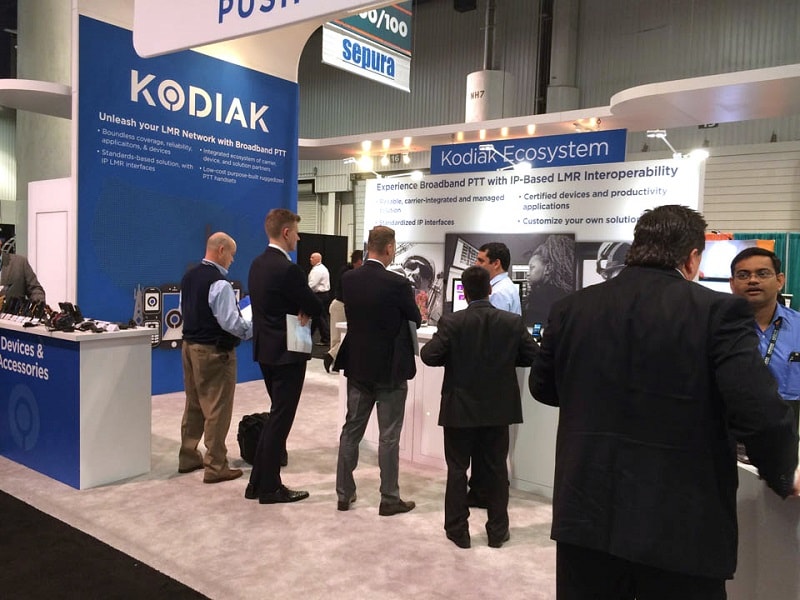
The keyword here is to qualify. Not every attendee at the show will be worth your time. You don’t want to spend 30 minutes talking to someone to only find out that he/she wasn’t a potential client and that is what is going to happen if you market to everyone without a clear message.
Trade shows are also a good time to improve relationships with existing clients and leads who have shown interest in wanting to do business with you in the past. If they aren’t planning to attend the show, sending out invites might get them to change their mind.
Question 2: Why should they visit the booth
Exhibitor: “Come visit us at Booth 23”
Asking them to visit you at Booth 23 won’t cut it. Other exhibitors are saying the same thing. Why should they make time to visit your booth?
One of the most common tactics that I hear over and over again is to give out a free promotional item such as a pen or a mug. It won’t work. Here’s why:
- A pen won’t improve the attendees’ life. They can get one for $2. And if you are a B2B company targeting C-level executives, a pen is one of the last reasons to visit your booth.
- The only people you would attract here are what I call “the free gift hunters”. If they don’t want to spend $2 on a pen, why would they spend $2,000 on your product or service?
If you give out free beers, the only attendees you’ll attract are people who want free beers not the ones who will buy your product.
So, what does a good trade show incentive look like?
A good trade show incentive is something that:
- Adds value
- Can only be received at the show
Here are two good incentives:
- Live product demo that shows and educates your prospects on how your product and service can solve a key problem.
- Discounts for trade show attendees only.
Average message – “Come visit us at Booth 23 for a free pen.”
Good message – “Watch how our new AI technology can improve your sales close rate by 80%. Come visit us at Booth 23. We’ll be doing live product demos every 30 minutes.”
Question 3. How to reach them
How are you going to get attendees and clients to be aware of the booth? Here are five of the most popular methods:
- Email marketing
- Facebook and other social media channels
- Personal calls or emails
- Direct mails such as postcards
- Print and digital advertising
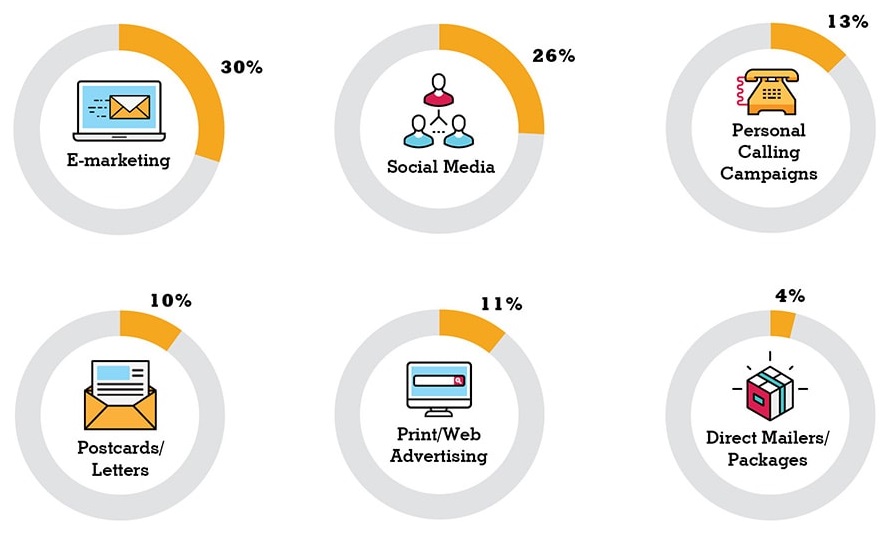
Both email marketing and social media are the most popular pre-show marketing channels here because of their ability to reach a lot of targeted people at little to no cost.
Creating a dedicated landing page that allows attendees to schedule appointments will be useful here too.
Recap
The event organiser’s job is to get attendees to the show. It is your job to get them to your booth.
To create an effective pre-show marketing strategy, the three questions you have to answer first are:
- Who to target
- Why should they visit the booth
- How are you going to reach them
